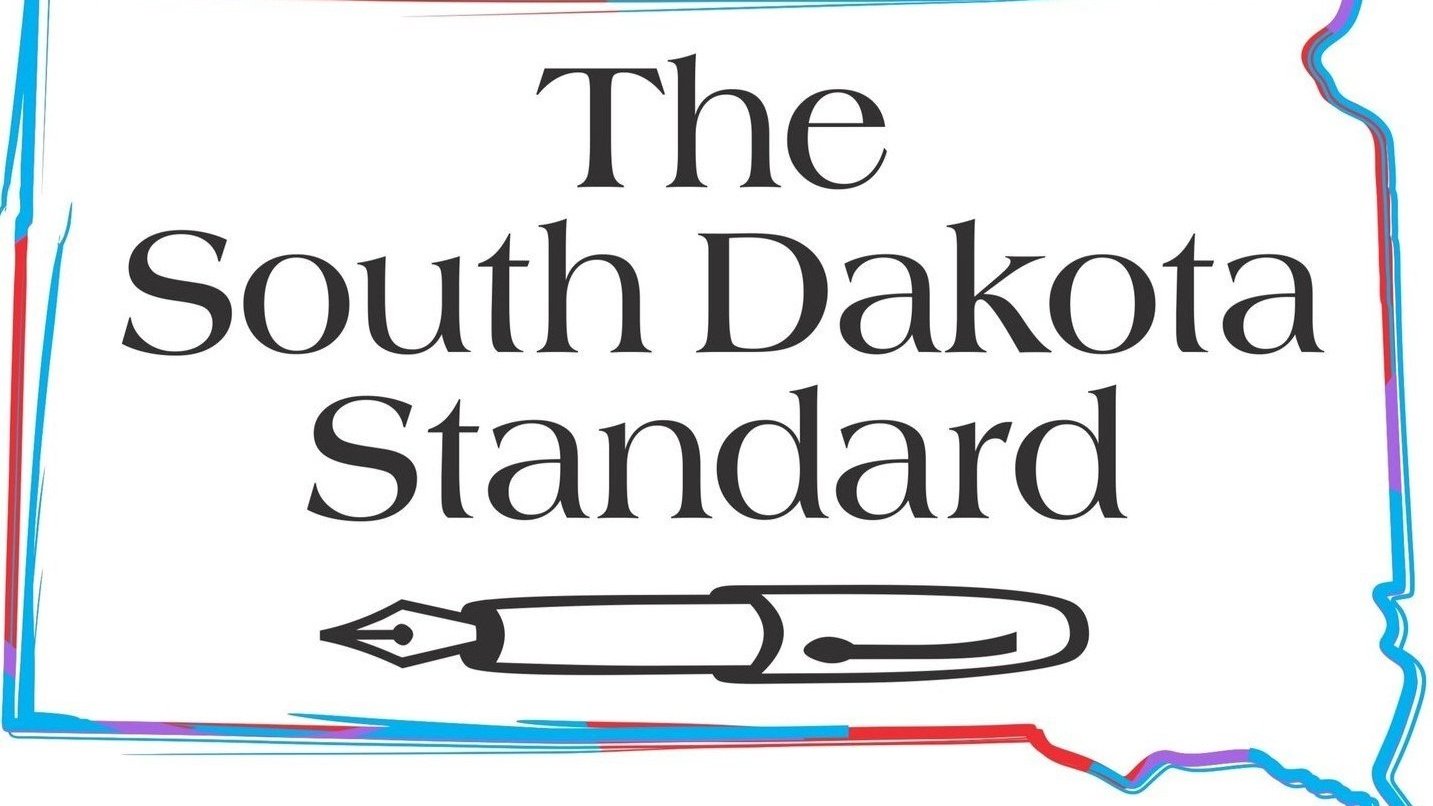Ethanol prices are at a three-year low and the future is uncertain with some of corn's biggest consumers: drivers.
Watching the incremental growth of electric vehicle sales and the subsequent falloff in gasoline demand, South Dakota’s corn farmers (like those above in a public domain photo posted on wikimedia commons) have got to be wondering about the uncertain future for corn-based ethanol, an additive that has been a federally-mandated part of our automotive fuel supply for going on three decades now.
So huge has that mandate become that forty percent of our nation’s corn crop is dedicated to ethanol production. Last year the U.S. produced 15.2 billion bushels of corn. At an average price of nearly $5 a bushel for the year, the 40% of last year’s crop that went to ethanol (about 6 billion bushels) was worth $30 billion. South Dakota’s share of that take, based on the 800 million bushels of corn that our state produced last year, was about $1.6 billion.
This is an industry that directly depends on federal mandates. As those mandates were designed when internal combustions engines ruled the roads, an EV-dominated future isn’t part of the current supply/demand’s structure.
And the future, given the rise of electric vehicles, is a bit shaky. EVs continue to claim a larger and larger share of the motor-vehicle market. It follows that as EV growth expands, demand for liquid fuel will fall off.
As you might expect, the topic and its possibilities are widely discussed in ag circles. Views range from an “end to ethanol” scenario to a more cautiously optimistic view. Those leaning toward the latter opinion have to be cautious indeed, as ethanol prices closed out 2023 at three-year lows.
I tend to be on the pessimistic side of the forecasts, largely because ethanol’s demand has always been dependent on government support, a state of reliance that continues to exist. S & P Global Commodity Insights notes that “heading into the new year, the US ethanol industry awaits policy support from the federal government, which, if realized, could help spur growth in 2024 and beyond.” Specifically, the industry is awaiting an EPA decision on whether it will allow year-round sale of a gasoline blend containing up to 15% ethanol (E15) in the eight midwestern states where sales are now restricted to the September 15–June 1 time frame due to summertime air pollution issues.
There’s also some hope in the industry that the U.S. Treasury Dept. will rule favorably on an aviation fuel tax credit for fuel blended with ethanol. S & P sees these developments as “crucial for the continued growth of the ethanol industry going forward.”
As to gasoline demand, Bloomberg last October took a look at the numbers and produced a piece titled, “It’s done. The Future is Battery-powered Electric Cars.” The link is worth a click.
The ethanol industry’s very existence is dependent on a government mandate. It is relying on more of the same while farmers await the uncertain outcome that will result from the rapid growth of the electric vehicle market. South Dakota’s ag sector is probably going through some collective introspection about what the future holds for corn production.
In coming decades, demand for ethanol won’t become obsolete, but it is probably going to be significantly reduced. There’s always the possibility that new technologies may create new sources of demand, but short of that, corn farmers will probably have to find other outlets or take on the task of diversification.
John Tsitrian is a businessman and writer from the Black Hills. He was a weekly columnist for the Rapid City Journal for 20 years. His articles and commentary have also appeared in The Los Angeles Times, The Denver Post and The Omaha World-Herald. Tsitrian served in the Marines for three years (1966-69), including a 13-month tour of duty as a radioman in Vietnam.







